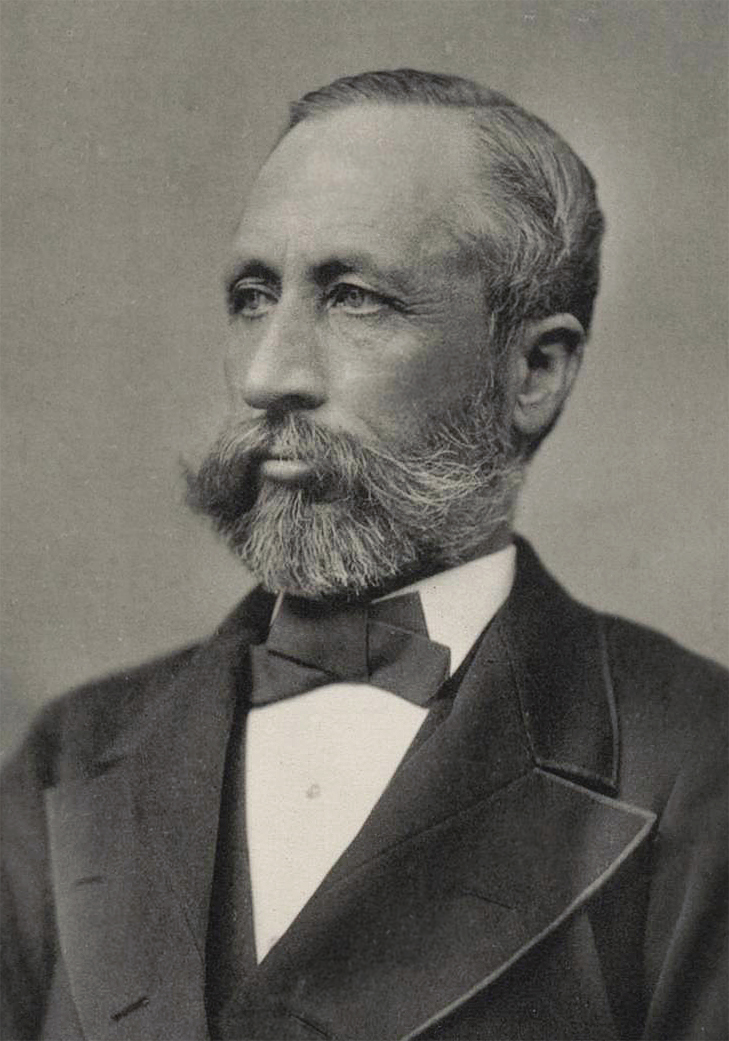Expedition Stats
- Event Type
- Contract
- Collection Type
- Germplasm, Herbarium Specimens
- Other Participants
- William S. Clark
- Other Institution(s)
- Sapporo Agricultural College
In 1876, the Japanese government hired academic administrator and botanist William Smith Clark to establish a school of agriculture in Sapporo, on the northern island of Hokkaido. Based upon the model of the Massachusetts Agricultural College (now the University of Massachusetts, Amherst), the school would teach modern western agricultural techniques. During his two years in Japan, Clark corresponded with Arnold Arboretum founding director Charles Sprague Sargent, and made numerous contracted collections of plant material on his behalf.
Clark’s seed collections made in Japan and sent to the United States in the 1870s remain important pieces of the Arnold Arboretum’s early history. In fact, these seed shipments were among the earliest received at the Arboretum, and were among the first direct shipments of plant material from eastern Asia. In addition to seed collections, Clark collected 165 plants and 43 lichens for herbarium specimens and identification by Harvard University botanist Asa Gray.
Among the seeds received from Clark were those of katsura (Cercidiphyllum japonicum), climbing hydrangea (Hydrangea anomala ssp. petiolaris), Sakhalin cork tree (Phellodendron amurense var. sachalinense), and wintercreeper (Euonymus fortunei var. radicans). He also sent seed for the Japanese tree lilac (Syringa reticulata), a highly ornamental species described by Sargent in a 1912 Bulletin of Popular Information as, “one the most valuable plants introduced by the Arnold Arboretum.” The tree lilac that grew from this seed still graces Bussey Hill and is a highlight of the Lilac Collection.
Dig Deeper
Learn about cork trees.
Learn about Euonymus.


